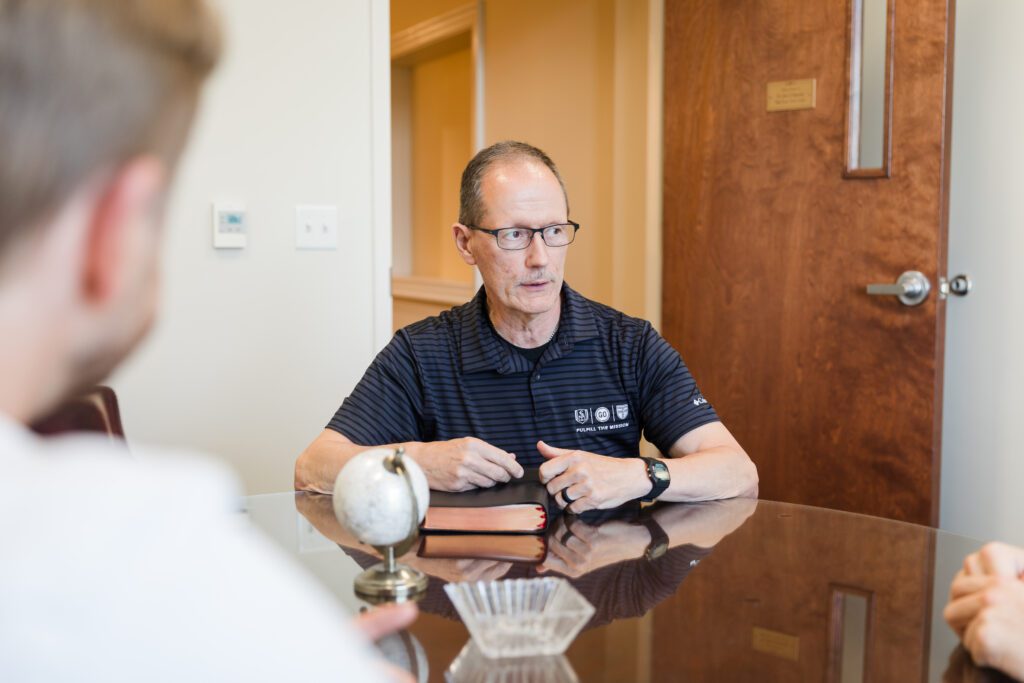Some years ago, Thom Rainer and I co-wrote, Eating the Elephant: Leading an Established Church to Growth. In that book, we talked about several mistakes pastors make when trying to lead their church toward growth. Our Lawless Group research since then has revalidated those findings and pointed out others:
- Poor communication with church members. I’m convinced many more church members will get on board if they understand the “why” behind changes. When we give only the “what” without the “why,” our folks will likely lack the motivation to change.
- Inadequate responses to resistant people. People who are resistant aren’t necessarily bad people. Sometimes, frankly, their input would have saved us from trouble. Simply hearing their concerns can go a long way toward gaining their support.
- Too much too soon. Leaders who want “microwave” change often run over people who still prefer the stove. The microwave may be much more effective, but the wise leader knows he must discover the right pace to move in that direction.
- Overdependence on methodologies. Methodologies are not insignificant. In fact, good missiology leads us to ask about the most appropriate method for a given context. Methodologies, though, are never answers in themselves. Constant methodological changes without sensitivity for people can wear out the church.
- Borrowing vision. It’s good to learn from other churches, and the Internet gives us more opportunity than ever to do so. If we only copy other churches, though, we risk reducing our congregation to a project. Every church is different, and every one should seek God’s vision.
- Short-term commitment. The pastor who wants to lead a church through change toward growth must be committed to stay there awhile. Indeed, the pastor with a short-term commitment will likely have only a short-term vision.
- Mirrorless leadership. Some leaders of transitioning churches use a magnifying glass to see faults in their church, but they use no mirror to see their own deficiencies. Their tendency to blame the congregation for all the problems makes the transition that much more difficult.
- Reactive praying. The tendency of many churches working through change is to make decisions and implement plans – and then ask God to bless those plans. We shouldn’t be surprised if our plans don’t work if we don’t seek God’s guidance until after we’ve implemented them.
- Loveless shepherding. I wish we saw no need to add this mistake, but we’ve seen it too much to ignore it. Many leaders want to change a church they’ve never grown to love, and that lack of affection makes it easier to “run over” the people who appear to be in the way.
- Giving up too easily. Moving a congregation is seldom easy. It often takes more energy and more time than we had assumed. Leaders who leave early while blaming others may well miss what God has in store.
What other leadership mistakes in transition have you seen?
Editor’s note: This article was originally published at chucklawless.com.

MDiv Preaching and Pastoral Ministry
The Preaching and Pastoral Ministry track prepares students for pastoral ministry in the local church with a special emphasis on expository preaching.




No comments have been added.